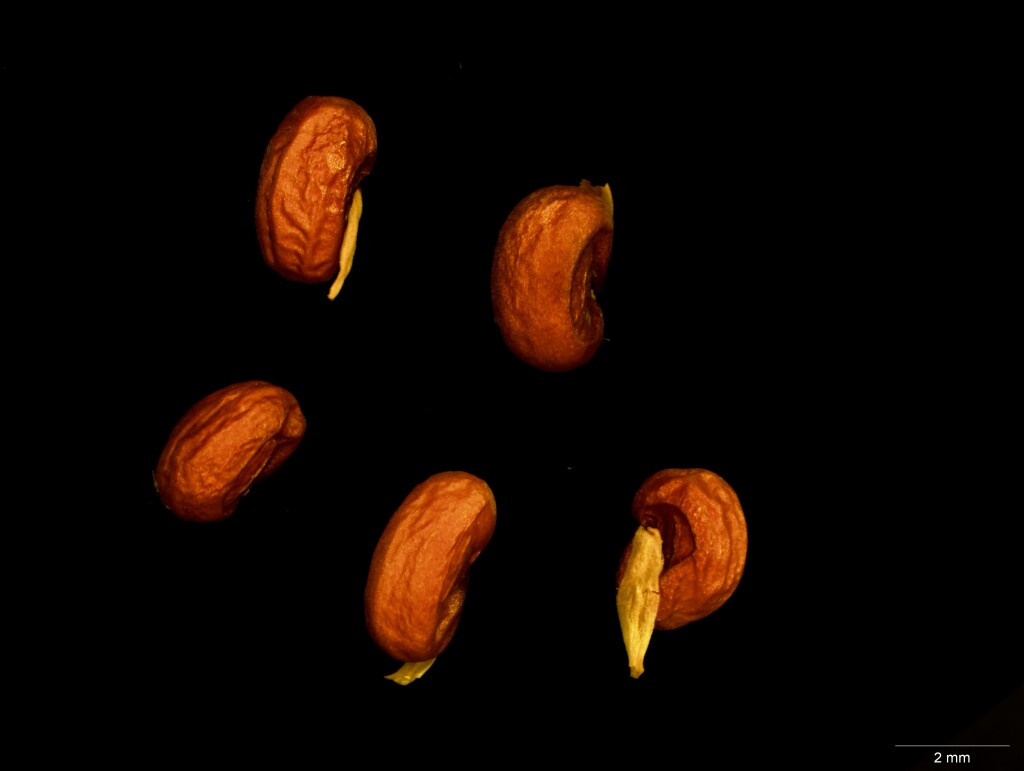Ptilotus macrocephalus
(R.Br.) Poir. Feather-headsDeeply taprooted herb with 1–several, ascending to erect, usually simple flowering stems to c. 50 cm high. Stems glabrous. Leaves narrowly obovate to linear, c. 3–10 cm long, 4–12 mm wide, glabrous, thickish; crowded toward base or ± rosetted. Spike erect, cylindric, 4–15 cm long, 4.5–6 cm diam., very dense, pale green to silvery white, rarely pinkish; bract ovate to lanceolate, 11–20 mm long, acute, straw-coloured, translucent; bracteoles elliptic, obtuse, sometimes shortly mucronate, shorter than bract; perianth 20–28 mm long; tepals free almost to base, outer surface densely covered with long silky hairs to within 2 mm of apex (hairs shorter in lower third), inner surface glabrous; fertile stamens usually 3; ovary subsessile, glabrous or shortly pubescent in the upper half, style eccentric, silky-hairy along one side. Flowers mainly Oct.–Feb.
LoM, MuM, Wim, GleP, Brid, VVP, VRiv, MuF, GipP, OtP, WaP, Gold, CVU, GGr, DunT, NIS, EGL, HSF. All mainland States. Occasional in grassland, grassy woodland and heathland, chiefly on heavy soils west and north of Melbourne, but also on sandy soils in far western Victoria, with a single, very disjunct occurrence near Wingan Inlet in the far east. Much depleted through much of its former range.
Walsh, N.G. (1996). Amaranthaceae. In: Walsh, N.G.; Entwisle, T.J., Flora of Victoria Vol. 3, Dicotyledons Winteraceae to Myrtaceae, pp. 199–215. Inkata Press, Melbourne.
 Spinning
Spinning

